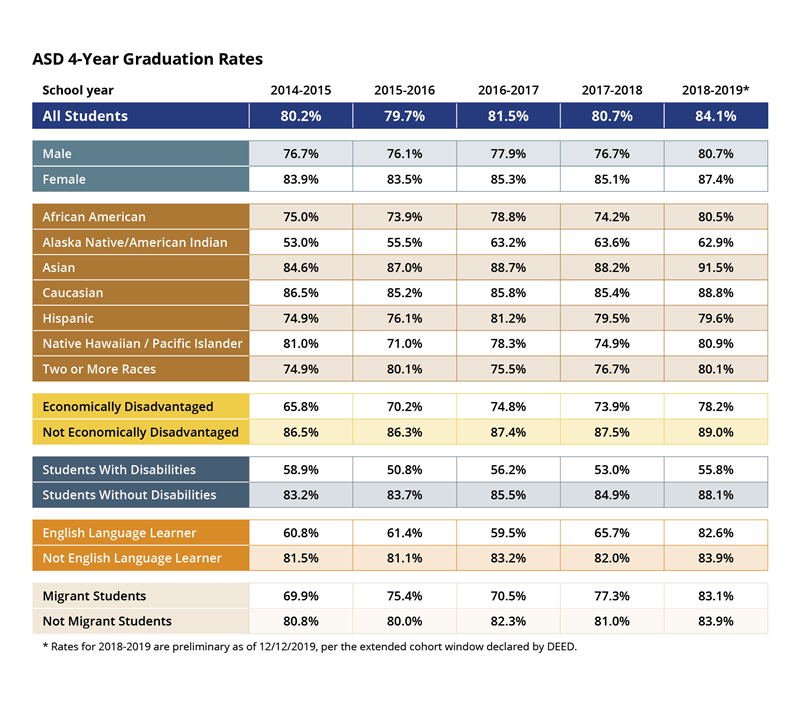Dear Adult Leaders: Stop Pushing for In-Person School. Provide Every Student, Especially the Underprivileged and Indigenous, Equal Access to Resources for Remote Learning

This piece is part of “Dear Adult Leaders: Listen to Youth,” a four-week series produced in collaboration with America’s Promise Alliance to elevate student voices in the national conversation as schools and districts navigate how to educate our country’s youth in a global pandemic. In this series, students write open letters to adult leaders and policymakers about their experiences and how, from their perspectives, the American education system should adapt. Read all the pieces in this series as they are published here. Read our other coverage of issues affecting young people here. This week’s letters focus on the issue of providing meaningful learning in a COVID-19 environment.
Dear school board members of the Anchorage School District,
The Anchorage School District must stop pressuring families and students to return to school during a pandemic. I am currently a senior and have always dreamt of the day I get to graduate high school, making my family proud as I take this next step in my life. I cannot have that if our community is too hasty to succumb to the allure of normalcy. Instead, ASD must focus on providing every student the materials they need to be successful this year as well as include the wisdom of our teachers, principals and staff when making decisions that come at the cost of lives.
ASD is one of the most diverse school districts in the country, but students of color are constantly being let down. Indigenous students, in particular, have the lowest graduation rates and earn the most failing grades. The district recently announced that 9.1 percent of high schoolers in ASD are Alaska Native/American Indian, yet 43.6 percent of this group’s grades were failing this past quarter.
The adjustment to online school is difficult for all students. I am an AP student with a 4.07 grade point average and at the beginning of the year, I was taking three classes across three different software platforms. The learning curve that came with it was aching, but still, I am privileged with access to devices and resources. The ASD presented in a school board meeting this fall that 38.6 percent of economically disadvantaged students’ grades were failing for the first quarter of this unpredictable year. Sadly, this makes sense. If a student does not have WiFi or a device suitable for classwork and homework, they face a monumental setback in this new realm of education.
I believe that the purpose of education is to create a level playing field to foster creativity and passion for students. But the statistics above tell a different story; a story where Indigenous and economically disadvantaged students must climb over barriers to meet that level.
These blatant disparities are nothing new, they are longstanding and are only highlighted because of the pressure cooker that is the COVID-19 pandemic. In the 2018-2019 academic year, 84.1 percent of high schoolers in the district graduated, but only 62.9 percent of Alaska Native/American Indian and 78.2 percent of economically disadvantaged students graduated. Data from the three preceding years deviate little to none, revealing a horrific pattern that the district has neglected for far too long.

ASD must investigate how many students of color are economically disadvantaged. This is dire as it will convey a systemic pattern that they must address. By not having done so already, they show the lack of urgency they feel in improving this issue. Despite the heartbreaking struggles of online learning, it is shown right in the data that this has been a historic issue. It is merely an excuse to attribute this to the shift to online learning.
The Anchorage School District, the one that has seen me grow starting as a kindergartener and now as a high school senior, the one that blessed me with life-changing mentors and opportunities, is the same that prides its diversity. The district’s impressive hold on being among the most diverse in the nation must come with responsibility. By failing your Indigenous students you are ignoring your responsibility of serving students of color and this unique strength that is diversity. To ASD, you have the potential to set a national precedent, one that other districts may turn to. You did not have the sapience to take action as the pattern formed, so you must act now.
Quyana (Thank you),
Nyché Tyme Andrew, 17
Robert Service High School
Anchorage, Alaska
This series highlighting the perspectives of American youth is in part sponsored by Pure Edge, Inc., a foundation that equips educators and learners with strategies for combating stress and developing social, emotional and academic competencies.
Help fund stories like this. Donate now!

;)
